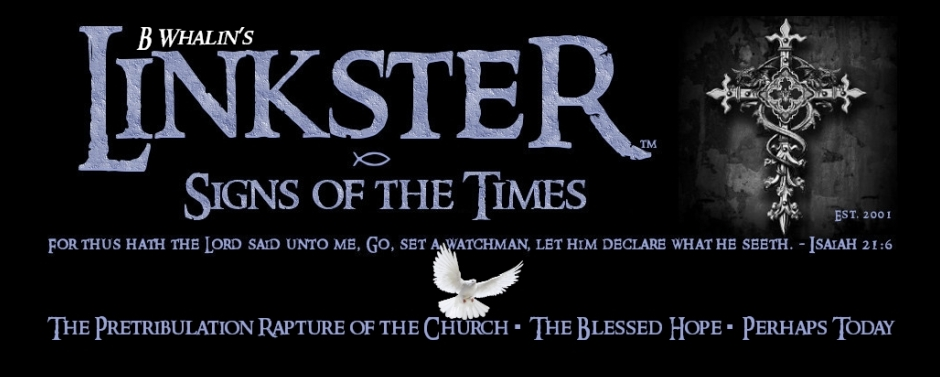
Ronald Wilson Reagan
Fortieth President of the United States (1981–1989)
33rd Governor of California (1967–1975)
Radio, Film and Television Actor
33rd Governor of California (1967–1975)
Radio, Film and Television Actor

Biography
 Ronald Wilson Reagan (February 6, 1911 – June 5, 2004) was the 40th President of the United States (1981–1989). Prior to that, he was the 33rd Governor of California (1967–1975), and a radio, film and television actor. As president, Reagan implemented sweeping new political and economic initiatives. His supply-side economic policies, dubbed "Reaganomics", advocated reducing tax rates to spur economic growth, controlling the money supply to reduce inflation, deregulation of the economy, and reducing government spending. In his first term he survived an assassination attempt, took a hard line against labor unions, and ordered an invasion of Grenada. He was re-elected in a landslide in 1984, proclaiming that it was "Morning in America". His second term was primarily marked by foreign matters, such as the ending of the Cold War, the 1986 bombing of Libya, and the revelation of the Iran-Contra affair. Publicly describing the Soviet Union as an "evil empire", he supported anti-communist movements worldwide and spent his first term forgoing the strategy of détente by ordering a massive military buildup in an arms race with the USSR. Reagan negotiated with Soviet General Secretary Mikhail Gorbachev, culminating in the INF Treaty and the decrease of both countries' nuclear arsenals.
Ronald Wilson Reagan (February 6, 1911 – June 5, 2004) was the 40th President of the United States (1981–1989). Prior to that, he was the 33rd Governor of California (1967–1975), and a radio, film and television actor. As president, Reagan implemented sweeping new political and economic initiatives. His supply-side economic policies, dubbed "Reaganomics", advocated reducing tax rates to spur economic growth, controlling the money supply to reduce inflation, deregulation of the economy, and reducing government spending. In his first term he survived an assassination attempt, took a hard line against labor unions, and ordered an invasion of Grenada. He was re-elected in a landslide in 1984, proclaiming that it was "Morning in America". His second term was primarily marked by foreign matters, such as the ending of the Cold War, the 1986 bombing of Libya, and the revelation of the Iran-Contra affair. Publicly describing the Soviet Union as an "evil empire", he supported anti-communist movements worldwide and spent his first term forgoing the strategy of détente by ordering a massive military buildup in an arms race with the USSR. Reagan negotiated with Soviet General Secretary Mikhail Gorbachev, culminating in the INF Treaty and the decrease of both countries' nuclear arsenals.Reagan left office in 1989. In 1994, the former president disclosed that he had been diagnosed with Alzheimer's disease earlier in the year; he died ten years later at the age of 93. A conservative icon, he ranks highly in public opinion polls of U.S. Presidents and is credited for generating an ideological renaissance on the American political right. » Full Bio
» See All 'Quotable Quotes'
This Day In History 25 Years Ago
May 29, 1988
Reagan Arrives In Moscow For Summit Talks
Reagan Arrives In Moscow For Summit Talks

President Ronald Reagan travels to Moscow to begin the fourth summit meeting held in the past three years with Soviet leader Mikhail Gorbachev. Though the summit produced no major announcements or breakthroughs, it served to illuminate both the successes and the failures achieved by the two men in terms of U.S.-Soviet relations.
In May 1988, President Reagan made his first trip to Moscow to meet with Gorbachev and begin their fourth summit meeting. Just six months earlier, during a summit in Washington, D.C., in December 1987, the two men had signed the historic Intermediate-Range Nuclear Forces (INF) Treaty, which eliminated an entire class of nuclear weapons from Europe. In many ways, Reagan's trip to Moscow in May was a journey of celebration. Demonstrating the famous Reagan charm, the president and his wife waded into crowds of Russian well wishers and curiosity-seekers to shake hands and exchange pleasantries.
Very quickly, however, the talks between Reagan and Gorbachev revealed that serious differences still existed between the Soviet Union and the United States. From the beginning, Reagan--who had in the past referred to the Soviet Union as the "evil empire"--pressed Gorbachev on the issue of human rights. He urged Gorbachev to ease Soviet restrictions on freedom of religion and also asked that the Soviet Union relax the laws that kept many Russian Jews from emigrating. The Soviets were obviously displeased at Reagan's insistence on lecturing them about what they considered purely internal matters. A spokesman from the Soviet Foreign Ministry showed his irritation when he declared to a group of reporters, "We don't like it when someone from outside is teaching us how to live, and this is only natural." » Full Article
Significant Events This Day In History
» History


